IPv6 high availability support is here for Citrix ADC in AWS
Citrix
APRIL 27, 2022
A high-availability environment is a key requirement for any enterprise and is critical when an organization experiences system downtime or network or app failures.
This site uses cookies to improve your experience. To help us insure we adhere to various privacy regulations, please select your country/region of residence. If you do not select a country, we will assume you are from the United States. Select your Cookie Settings or view our Privacy Policy and Terms of Use.
Cookies and similar technologies are used on this website for proper function of the website, for tracking performance analytics and for marketing purposes. We and some of our third-party providers may use cookie data for various purposes. Please review the cookie settings below and choose your preference.
Used for the proper function of the website
Used for monitoring website traffic and interactions
Cookies and similar technologies are used on this website for proper function of the website, for tracking performance analytics and for marketing purposes. We and some of our third-party providers may use cookie data for various purposes. Please review the cookie settings below and choose your preference.

Citrix
APRIL 27, 2022
A high-availability environment is a key requirement for any enterprise and is critical when an organization experiences system downtime or network or app failures.

Pure Storage
NOVEMBER 3, 2023
Active-active vs. Active-passive: Decoding High-availability Configurations for Massive Data Networks by Pure Storage Blog Configuring high availability on massive data networks demands precision and understanding. Now, let’s dive into Active-active vs. Active-passive.
This site is protected by reCAPTCHA and the Google Privacy Policy and Terms of Service apply.

Citrix
NOVEMBER 29, 2021
Azure Active Directory Domain Services??????????????????. Microsoft Active Directory(??AD)?????????????CVADS???????????????Microsoft Microsoft Azure Active Directory Domain Services(??Azure Azure Active Directory Domain Service????? first appeared on Citrix Blogs. Citrix Virtual Apps and Desktops Service(??CVADS)??????????Citrix
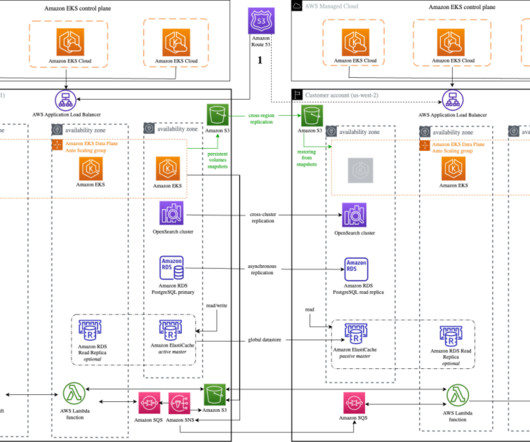
AWS Disaster Recovery
MARCH 10, 2023
The post also introduces a multi-site active/passive approach. The multi-site active/passive approach is best for customers who have business-critical workloads with higher availability requirements over other active/passive environments. If you are using any versions prior to Elasticsearch 7.10 or OpenSearch 1.1,

AWS Disaster Recovery
JUNE 23, 2021
In my first blog post of this series , I introduced you to four strategies for disaster recovery (DR). My subsequent posts shared details on the backup and restore , pilot light, and warm standby active/passive strategies. DR strategies: Multi-site active/active. Implementing multi-site active/active.
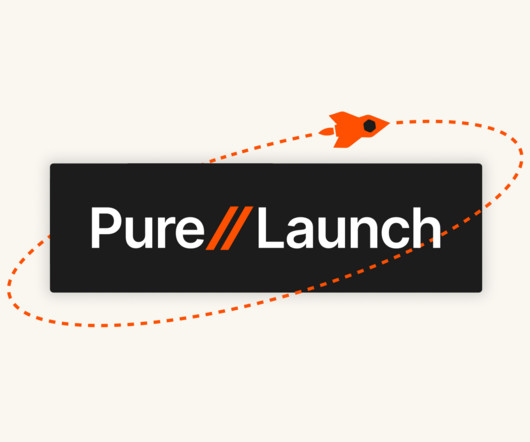
Pure Storage
JULY 15, 2024
Pure//Launch Blog July Edition by Blog Home Summary We’ve been hard at work making enhancements to the Pure Storage platform to simplify deployments with self-service updates, enhance security and performance, improve cyber resiliency, and much more. Find Out More The post Pure//Launch Blog July Edition appeared first on Blog Home.

Pure Storage
APRIL 21, 2025
The New Varonis-Pure Storage Integration for Cyber Resilience by Pure Storage Blog Summary In an increasingly hostile digital landscape, protecting critical data has become increasingly challenging. Read the Solution Brief The post The New Varonis-Pure Storage Integration for Cyber Resilience appeared first on Pure Storage Blog.

Pure Storage
AUGUST 11, 2022
Pure Cloud Block Store offers built-in data protection that leverages multiple high-availability zones (AZs), to reduce physical fault domain exposure. Pure Cloud Block Store removes this limitation with an architecture that provides high availability. Kunal Kapoor, Director Product Management, Pure Storage.
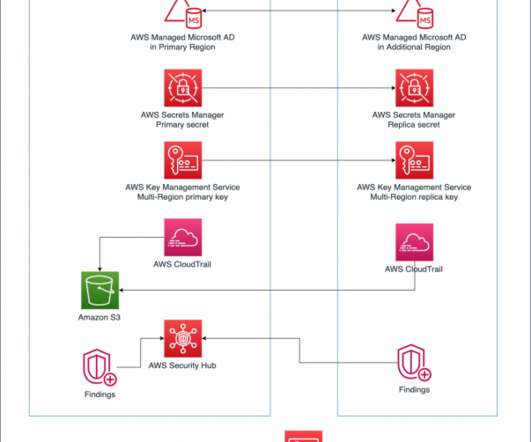
AWS Disaster Recovery
DECEMBER 8, 2021
In this 3-part blog series, we’ll explore AWS services with features to assist you in building multi-Region applications. AWS Regions are built with multiple isolated and physically separate Availability Zones (AZs). AWS CloudTrail logs user activity and API usage. Considerations before getting started.
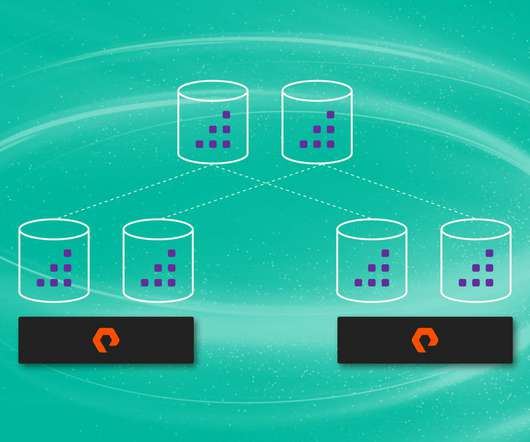
Pure Storage
JUNE 22, 2022
So, given its importance, you want to make sure you have a solid solution for ensuring it’s highly available or protected in the event of a disaster. Most SAP HANA customers today are using SAP HANA system replication (HSR) to ensure the high availability and disaster recovery systems remain in sync. This all means lost revenue.

Pure Storage
AUGUST 24, 2021
To learn more and see demos, check out the blog posts on AWS and Azure Migration: Migration to Microsoft Azure made easy with Pure Cloud Block Store. Want to provide business continuity between availability zones of either AWS or Azure? Need active-active synchronous replication between Azure and AWS? No problem.

Pure Storage
JULY 31, 2024
Top 8 VMware Alternatives by Blog Home Summary Virtualization software is a powerful tool that can help businesses increase efficiency, reduce costs, and improve resource utilization. While VMware holds a significant market share, several other offerings are available to fit various needs and budgets.

Pure Storage
SEPTEMBER 11, 2023
Bogus Statements) by Pure Storage Blog (For the purposes of this post, “B.S.” Item #3: “ Active/Active Controller Architecture”¹⁴ Is a Good Thing We see this B.S. Each controller is “active,” however, volumes (LUNs) are owned by a particular single controller. Uncovering Dell EMC’s PowerStore B.S. with my brother.

Pure Storage
NOVEMBER 22, 2022
Higher availability: Synchronous replication can be implemented between two Pure Cloud Block Store instances to ensure that, in the event of an availability zone outage, the storage remains accessible to SQL Server. . Availability groups can be created to provide high availability, read scale, or disaster recovery. .
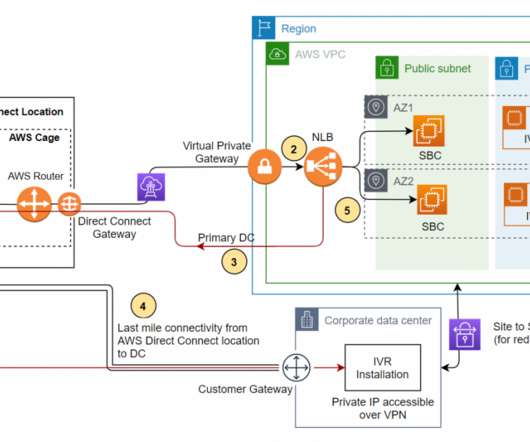
AWS Disaster Recovery
SEPTEMBER 16, 2021
These are backup and restore, active/passive (pilot light or warm standby), or active/active. Best practices for high availability of IVR solution on AWS. Configure the multiple Availability Zone (Multi-AZ) SBC setup. RPO is the maximum acceptable amount of time since the last data recovery point.
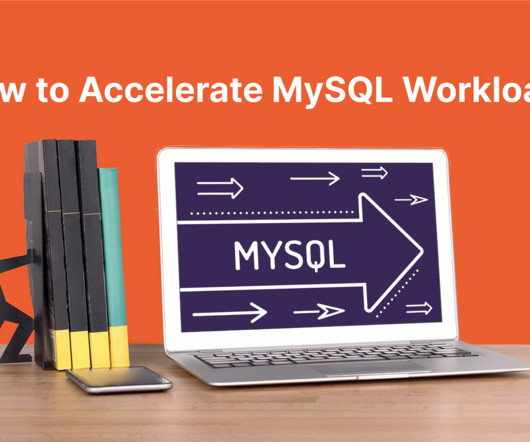
Pure Storage
JULY 13, 2023
How to Accelerate MySQL Workloads by Pure Storage Blog This article on MySQL Workloads was coauthored by Andrew Sillifant and Nihal Mirashi. It offers numerous high-availability solutions. In addition, MySQL delivers high performance; if a website receives millions of queries a day, users experience timely responses.
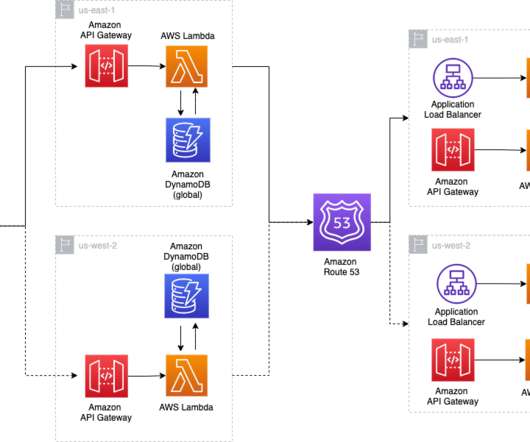
AWS Disaster Recovery
JULY 27, 2021
In this blog post, we share a reference architecture that uses a multi-Region active/passive strategy to implement a hot standby strategy for disaster recovery (DR). With the multi-Region active/passive strategy, your workloads operate in primary and secondary Regions with full capacity. DR strategies. Keeping RTO and RPO low.

Pure Storage
OCTOBER 3, 2022
ActiveCluster ™ (active-active stretched storage support) and vSphere Virtual Volumes(vVols) were both GA in 5.0.0. vSphere High Availability (HA) and VM Component Protection (VMCP) had a lack of support or missing support for vVols. or “Can we stretch vVols and will it be active-active?” Purity//FA 5.0.0
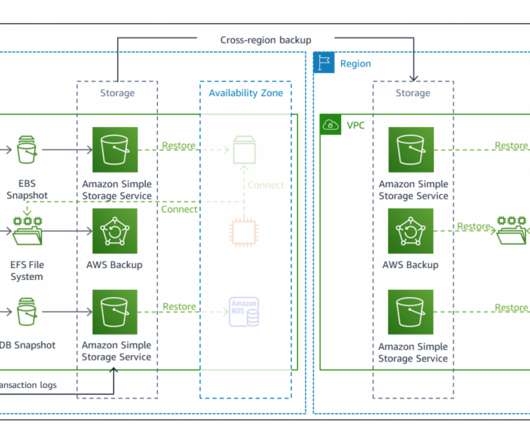
AWS Disaster Recovery
APRIL 26, 2021
In a previous blog post , I introduced you to four strategies for disaster recovery (DR) on AWS. By using the best practices provided in the AWS Well-Architected Reliability Pillar whitepaper to design your DR strategy, your workloads can remain available despite disaster events such as natural disasters, technical failures, or human actions.

Pure Storage
JANUARY 8, 2024
by Pure Storage Blog “Does Performance Through Failure Matter to You?” The folks over at XtremIO have been busy this holiday season, penning a nearly 2,000-word blog to make the argument for their scale-out architecture vs. dual-controller architectures. Does Performance Through Failure Matter to You?

Pure Storage
MAY 17, 2024
by Pure Storage Blog The best way to think of the difference between IT orchestration and IT automation is to think of a typical automobile factory: The automation part is each task happening automatically via manufacturing floor robots. appeared first on Pure Storage Blog. IT Orchestration vs. IT Automation: What’s the Difference?
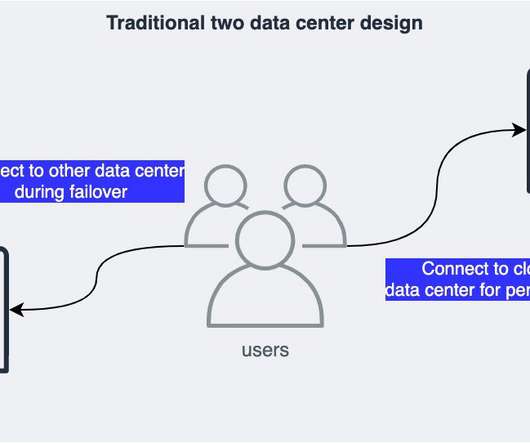
AWS Disaster Recovery
APRIL 6, 2021
In Part I of this two-part blog , we outlined best practices to consider when building resilient applications in hybrid on-premises/cloud environments. Availability: Concerns to solve for high availability (HA) and DR. Now let’s discuss how we can address these concerns in the AWS Cloud. Active-active (Tier 1).

Pure Storage
MAY 16, 2024
by Pure Storage Blog A key distinction in the realm of disaster recovery is the one between failover and failback. Those activities don’t count as failover because they don’t represent a complete cutover. Failback is the quintessential disaster recovery activity. appeared first on Pure Storage Blog.

Pure Storage
MAY 16, 2024
by Pure Storage Blog A key distinction in the realm of disaster recovery is the one between failover and failback. Those activities don’t count as failover because they don’t represent a complete cutover. Failback is the quintessential disaster recovery activity. appeared first on Pure Storage Blog.
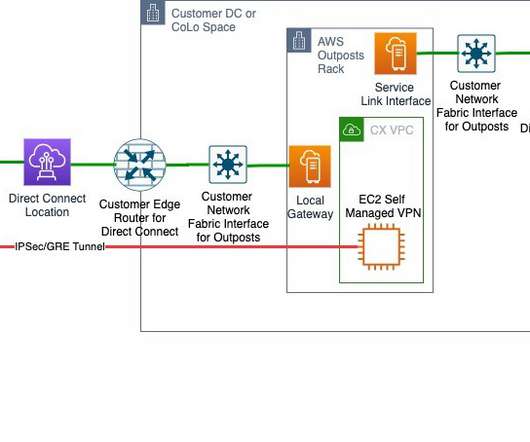
AWS Disaster Recovery
NOVEMBER 24, 2020
With AWS, a customer can achieve this by deploying multi Availability Zone High-Availability setup or a multi-region setup by replicating critical components of an application to another region. In this blog post, I explain how AWS Outposts can be used for DR on AWS. Prerequisites. Amazon VPC. AWS Outposts. Conclusion.
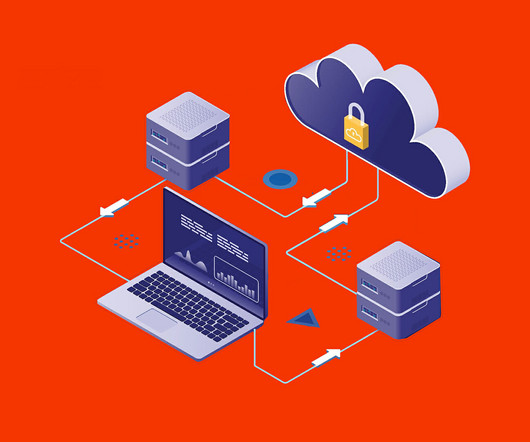
Pure Storage
JUNE 12, 2023
by Pure Storage Blog Choosing the right Azure region is important for any organization that wants to take full advantage of Microsoft Azure’s capabilities. They’re also clustered in regions and geographies to provide high availability and redundancy in case of failures. appeared first on Pure Storage Blog.
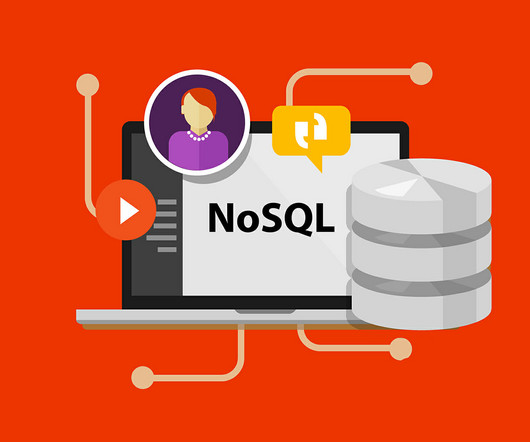
Pure Storage
AUGUST 23, 2023
Types of NoSQL Databases by Pure Storage Blog NoSQL databases offer scalable, flexible, and high-performance solutions for modern business needs, enabling rapid development and data-driven decision-making. Consider your application’s priorities—whether it requires strong consistency, high availability, or both.

Pure Storage
MAY 9, 2024
Kubernetes vs. Openshift by Pure Storage Blog Containerization is the technique of making software into simple, self-contained units. It also offers built-in load balancing to distribute incoming traffic across application instances, ensuring optimal performance and high availability.

Pure Storage
MAY 9, 2024
Kubernetes vs. Openshift by Pure Storage Blog Containerization is the technique of making software into simple, self-contained units. It also offers built-in load balancing to distribute incoming traffic across application instances, ensuring optimal performance and high availability.

Pure Storage
MAY 9, 2024
Kubernetes vs. Openshift by Pure Storage Blog Containerization is the technique of making software into simple, self-contained units. It also offers built-in load balancing to distribute incoming traffic across application instances, ensuring optimal performance and high availability.

Pure Storage
NOVEMBER 29, 2021
Learn how to meet business requirements that include high availability, data security, backup and recovery, strict performance SLAs, and hybrid or multicloud operations when running containers in production at scale. The post Discover Data Breakthroughs with Pure Storage at Gartner® IOCS appeared first on Pure Storage Blog.
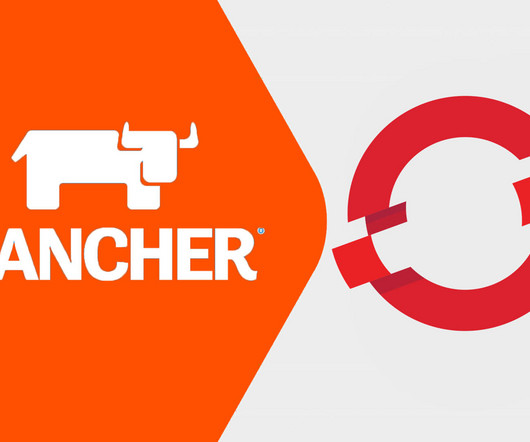
Pure Storage
JUNE 18, 2024
Rancher vs. OpenShift by Pure Storage Blog Containerized applications are rapidly changing the way we develop and deploy software. It efficiently manages resources across clusters, ensuring balanced load distribution and high availability. The community is active and regularly contributes to the platform’s development.
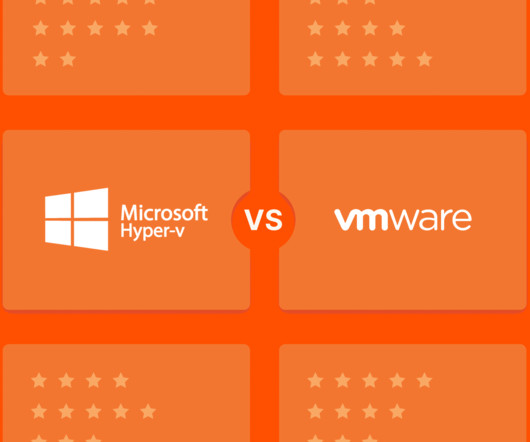
Pure Storage
OCTOBER 7, 2024
by Pure Storage Blog Summary Microsoft Hyper-V and VMware are both Type-1 hypervisors that offer powerful virtualization capabilities. Support and Community When it comes to support and community resources, both Hyper-V and VMware have large, active user bases and extensive support options. appeared first on Pure Storage Blog.

PagerDuty
DECEMBER 6, 2021
Rundeck Cloud manages the infrastructure for you, providing high availability, security, and elastic scalability. In addition, we manage all patches and updates so you always have the latest features available. View the blog or release notes to learn more about the full breadth of updates. View the webinar on demand.

Pure Storage
AUGUST 1, 2023
Cosmos DB vs. MongoDB by Pure Storage Blog Just like other parts of the IT stack, databases have been through a very clear evolution over the last 40 years. Community support: Its open source nature fosters a large and active community of developers, providing extensive resources and support.
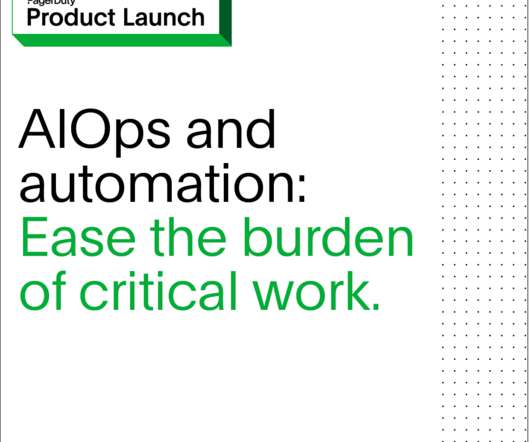
PagerDuty
NOVEMBER 1, 2022
Innovation alone is no longer enough: digital experiences must also be fast, flawless, and highly available. In this blog, we’ll highlight four of the key innovations coming to the PagerDuty Operations Cloud, before summarizing the full list of new capabilities. You can read more about this integration in this blog.
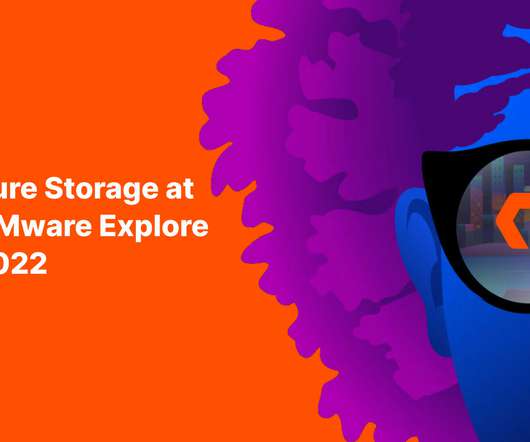
Pure Storage
JULY 19, 2022
Active-active stretched cluster vVol support with VMware and Pure Storage. The Portworx by Pure Storage Kubernetes data platform was created to solve the needs of customers that require multi-cloud mobility, high availability, disaster recovery and backup for their most critical production applications.
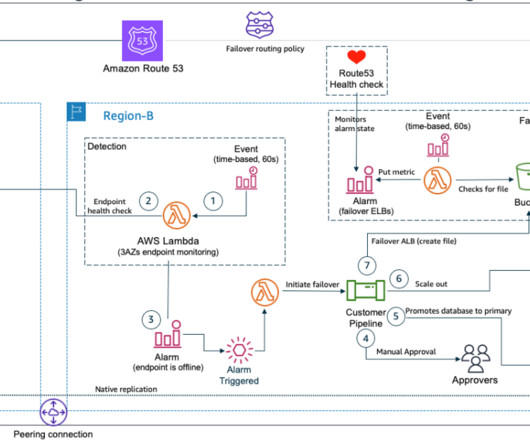
AWS Disaster Recovery
NOVEMBER 11, 2024
A good strategy for resilience will include operating with high availability and planning for business continuity. AWS recommends a multi-AZ strategy for high availability and a multi-Region strategy for disaster recovery. In this blog, we are going to focus on how one of our financial services customer implements it.

Pure Storage
MARCH 31, 2025
How a Singapore Government Ministry Powers Sustainability and Innovation with a Future-ready Storage Infrastructure by Pure Storage Blog Summary Taking steps to align its IT infrastructure with its ESG goals even as it embraces AI, a Singapore ministry reduced its data storage footprint by 94% with the Pure Storage platform.

Pure Storage
MARCH 31, 2025
How a Singapore Government Ministry Powers Sustainability and Innovation with a Future-ready Storage Infrastructure by Pure Storage Blog Summary Taking steps to align its IT infrastructure with its ESG goals even as it embraces AI, a Singapore ministry reduced its data storage footprint by 94% with the Pure Storage platform.

Pure Storage
FEBRUARY 11, 2025
Building a Virtualized and Networked Cloud of Data with Pure Fusion by Pure Storage Blog Summary Legacy storage systems cant meet the demands of AI, services-first models, and modern workloads. This outdated approach doesnt just create inefficiencies; it actively slows down business processes, increases costs, and erodes agility.
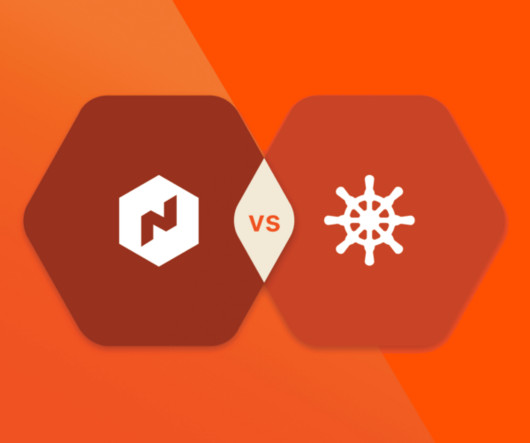
Pure Storage
NOVEMBER 20, 2024
by Pure Storage Blog Summary Developed by HashiCorp, Nomad is a flexible, lightweight workload orchestrator. Kubernetes has one of the largest and most active communities in the open source world. appeared first on Pure Storage Blog. Nomad vs. Kubernetes: Which Orchestration Tool Is Right for Your Enterprise?

Pure Storage
NOVEMBER 15, 2024
Hyper-V vs. OpenStack: A Comprehensive Comparison of Virtualization Platforms by Pure Storage Blog Summary Hyper-V is a Type-1 hypervisor developed by Microsoft and known for its seamless integration with Windows environments. Hyper-V supports large VMs with high resource limits (e.g.,
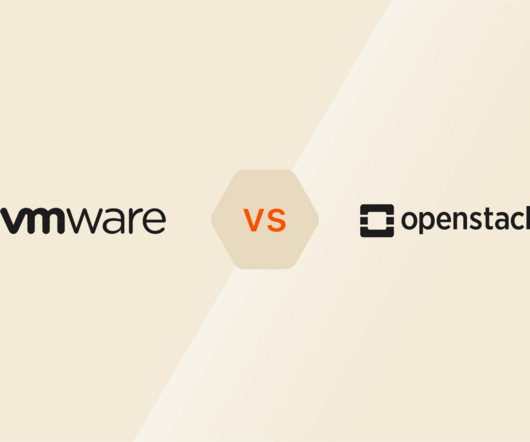
Pure Storage
OCTOBER 18, 2024
VMware vs. OpenStack: Choosing the Right Cloud Management Solution by Pure Storage Blog Summary VMware provides a suite of tools for managing virtualized environments and offers enterprise-level support and reliability. OpenStack is an open source cloud computing platform that offers flexibility and cost savings.
Expert insights. Personalized for you.
We have resent the email to
Are you sure you want to cancel your subscriptions?


Let's personalize your content